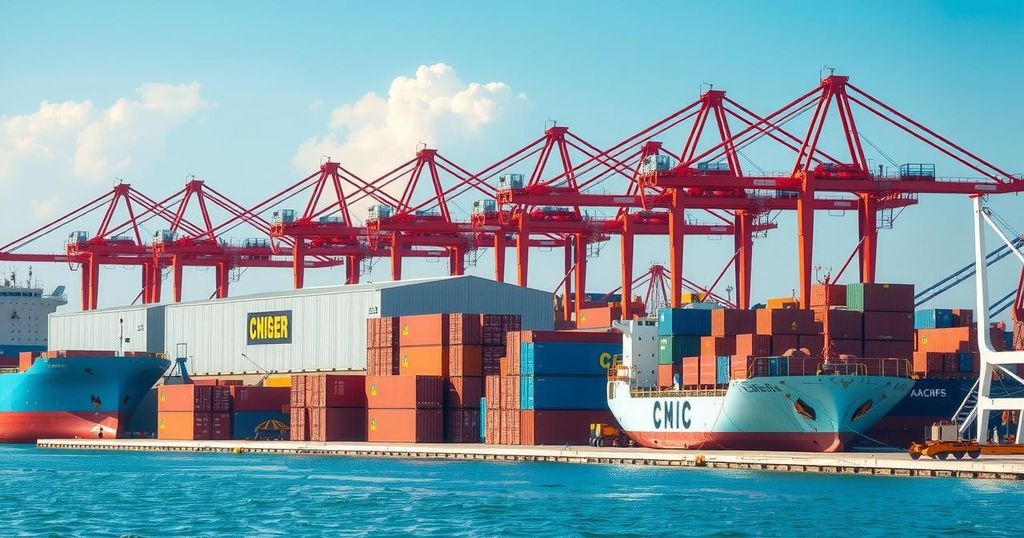President Trump announced reciprocal tariffs against several countries, including India, effective April 2, during a congressional address. He highlighted unfair tariffs imposed by other nations on American products, specifically noting India’s high auto tariffs. The announcement signifies a toughening approach towards international trade relations amid previous tariff increases affecting Canada, Mexico, and China.
In a recent address to Congress, President Donald Trump announced that the United States will implement reciprocal tariffs against several nations, specifically highlighting India, effective April 2. During his speech, President Trump emphasized the unfairness of high tariffs imposed on American products by various countries, including India, where auto tariffs exceed 100%. He reiterated that countries such as China and South Korea impose significantly higher tariffs compared to the United States.
Trump underscored that tariffs have been used against the U.S. for decades, thereby justifying this new policy. He declared, “If you don’t make your product in America under the Trump administration, you will pay a tariff, and in some cases, a rather large one.” The announcement received enthusiastic support from his followers in Congress, marking a significant stance in his trade policy.
Moreover, the President differentiated the tariffs that would be implemented, stating that any non-monetary barriers imposed by other nations would elicit a corresponding response from the United States. This measure aligns with recent tariff increases against neighboring countries Canada and Mexico, and an escalation of tariffs on Chinese goods, which were raised from 10% to 20%.
In conclusion, President Trump’s announcement of reciprocal tariffs against multiple countries, starting April 2, serves as a strategic response to perceived inequities in global trade practices. His emphasis on India’s high auto tariffs and the overall tariff landscape with nations such as China and South Korea marks a significant escalation in the U.S. trade policy. This aggressive stance aims to protect American industries and influence future trade negotiations.
Original Source: www.hindustantimes.com




